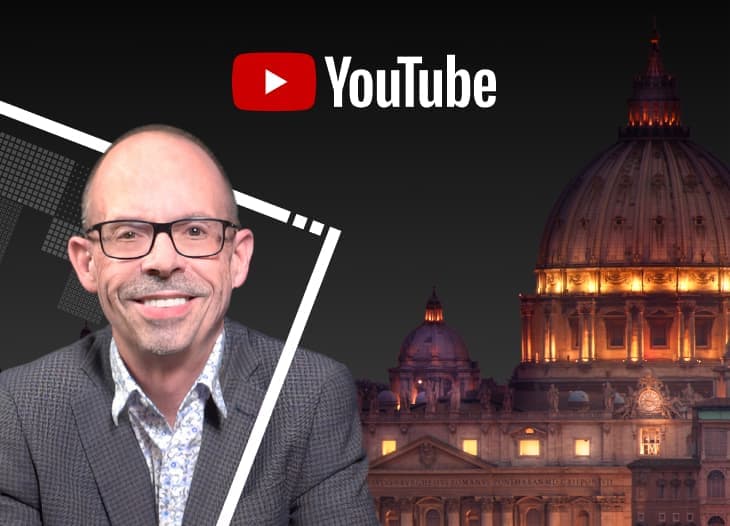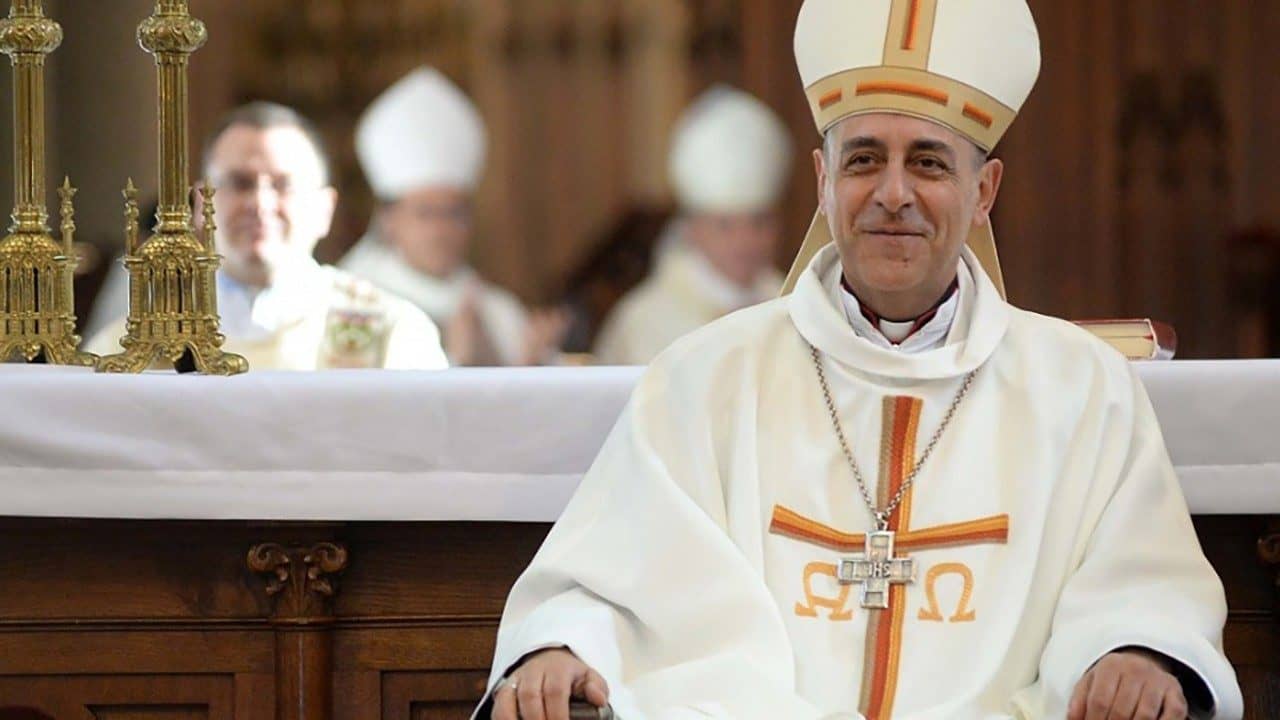ROME – Pope Francis made some small but meaningful amendments to church law yesterday, transferring certain powers away from the Vatican and to national bishops’ conferences and local bishops in certain areas. They include the erection of inter-diocesan seminaries, plans for priestly formation, the dismissal of members of religious orders from their communities, the publication of regional catechisms and the reduction of obligatory Masses attached to legacies or donations.
In themselves, each change may seem to fall well short of a thunderclap. However, they add to a picture of gradual decentralization in the Catholic Church that Francis has been painting for a while, including returning control over the contentious area of liturgical translation to bishops’ conferences in 2017.
In 2015, Francis called for what he called a “healthy decentralization” of power, including changes in the manner of exercising the papacy, if not its essential powers, and greater decision-making authority for local bishops. He said then it would be part of his program of governance, and yesterday was just another way in he’s trying to deliver.
The way in which this program is rolling out, however, reveals both one of the grand ironies about Francis’s papacies and also a fundamental truth about the Catholic Church: To wit, that the pope’s program of decentralization is being enacted in just about the most hyper-centralized fashion possible.
The vehicle with which Francis decreed his changes to church law yesterday was a motu proprio, meaning “by his own motion,” referring to a legal step taken without any request from another party. Basically, it’s a way of saying “nobody asked for this, it’s just what I want to do.” In a sense it’s the purest use of papal authority possible, drawing on the canonical codicil that says a pope enjoys “full, supreme, immediate and universal jurisdiction” over the church.
Pope Francis, to paraphrase Will Rogers, appears never to have seen a motu proprio he doesn’t like.
He’s now issued this kind of edict 47 times in less than nine years in office; by way of contrast, Pope John Paul II issued just 30 motu proprio across the almost 27 years of his own reign. That’s an average of more than 5 motu proprio per year for Francis, and right at one a year for John Paul. The year 2016 was something of a high-water mark, with nine motu proprio. If you consider that the Vatican is basically in idle from mid-July to early September due to the Italian ferragosto holidays, that’s one motu proprio a month. Nor has he slowed down, issuing eight motu proprio in 2021.
I mean, this was actually the second motu proprio just this week, since Monday brought one on restructuring the Congregation for the Doctrine of the Faith – and today is only Wednesday, so stay tuned. Pity poor publishers of the Code of Canon Law today, since by the time they can get a new edition to market it’s already badly out of date.
By the time it’s all said and done, Pope Francis is destined to be the Henry Aaron of motu propri, meaning the all-time king with a career total really hard to surpass. (I’m discounting Barry Bonds in this analogy, naturally, because of the steroid thing.)
Nor is Francis bashful about wielding his authority in other ways.
Not long ago he issued four rescripts authorizing departures from the Vatican’s usual criminal procedure in the mega-trial currently underway for financial crimes, mostly having to do with a controversial real estate deal in London. He’s undercut the traditional authority of most Vatican departments, preferring to work around them on his own, he’s reached down personally into the middle management of some Vatican offices to hire and fire, and he’s created more new structures and positions in the Vatican in a decade than it usually gets in a century.
It remains to be seen if Francis’s changes will produce a church that actually is more decentralized. What’s already certain, however, is that if we do get a more decentralized church, it won’t be due to decentralization but rather to the raw exercise of papal power.
In turn, this irony about Francis illustrates an enduring truth about the Catholic Church, which is that sometimes reform happens bottom-up, with changes at the grassroots eventually compelling the center in Rome to come around, but often enough reform is also top-down, meaning decreed by a pope with a plan and received, sometimes haltingly and half-heartedly, by the people to whom it’s directed.
In the case of Francis’s “healthy decentralization,” it’s one of the ways in which he’s trying to revive the spirit of the Second Vatican Council (1962-65), that four-year of gathering of Catholic bishops from around the world that launched the church on a path of updating itself (aggiornamento), and whose legacy is, to this day, a bone of contention between the Catholic left and right.
Yet Vatican II was not the result of a democratic process. Instead, Pope John XXIII decided essentially by himself to call the council, and he did so against the desires of some of his closest collaborators. The initial reception of the decision was decidedly frosty among many Vatican potentates, but “Good Pope John” forged ahead and the subsequent history of the Catholic Church was decidedly different because he did.
If it takes a village to raise a child, maybe it takes an emperor-pope to deconstruct the imperial papacy – at least, that is, until the next pontiff invested with “full, supreme, immediate and universal jurisdiction” decides to try to put Humpty Dumpty back together again.
Follow John Allen on Twitter: @JohnLAllenJr















